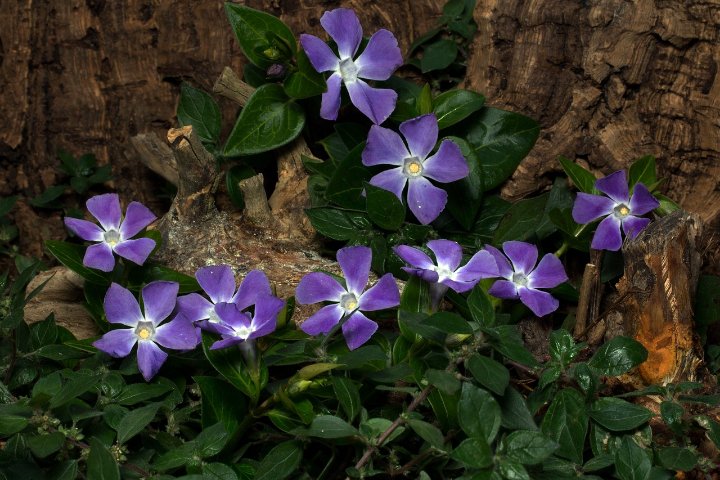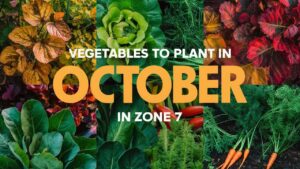Vinca, also known as periwinkle, is a versatile and low-maintenance plant that adds vibrant colors to gardens, borders, and containers. In this comprehensive guide, we’ll explore everything you need to know to cultivate healthy and thriving vinca plants in your garden.
Best Vinca Varieties
| Image | Name | Rating | Shop |
|---|---|---|---|
 | Mixed Rosea Vinca Periwinkle Seeds |  | |
 | Vinca Periwinkle Bright Eyes |  | |
 | Vinca Periwinkle Ground Cover & Flower Seed Mix |  | |
 | Vinca Periwinkle Papaya Ground Cover |  |
Vinca Hardiness Zones
Vinca is suitable for hardiness zones 4 to 9, as per the USDA classification. This wide range makes it a popular choice for gardeners across various climates, from cooler regions to warmer ones.
How Much Sun Do Vinca Need
Vinca thrives in a variety of light conditions, making it a versatile option for different areas of your garden. It can tolerate full sun, partial shade, and even shade, although it may produce fewer flowers in shadier spots.
Vinca Soil Requirements
When it comes to soil, vinca is quite adaptable. It grows well in loamy, sandy, or clay soil types, as long as it is well-draining. Ensure that the soil is not waterlogged to prevent root rot.
Vinca Soil pH
Vinca isn’t picky about soil pH and can thrive in acidic, neutral, or slightly alkaline soils. This adaptability makes it suitable for a wide range of garden environments.
Vinca Plant Spacing
When planting vinca, space the plants approximately 3 to 6 inches apart. Vinca typically grows to about 3 inches tall, but its trailing vines can extend up to 18 inches long, providing excellent ground coverage.
Vinca Water Requirements
Vinca plants prefer consistent moisture in the soil. While they are relatively drought-tolerant once established, it’s essential to water them regularly, especially during hot and dry periods. Aim to keep the soil consistently moist but not waterlogged.
Vinca Temperature Requirements
Vinca plants thrive in moderate temperatures and may struggle in extreme heat or frost. It’s best to plant them in areas where temperatures remain relatively stable throughout the growing season.
Vinca Humidity Requirements
Vinca generally prefers lower humidity levels and may not perform well in regions with high humidity. Ensure proper air circulation around the plants to prevent moisture-related issues.
Vinca Fertilizer Requirements
To promote healthy growth and abundant flowering, fertilize vinca plants monthly during the growing season. Use a balanced fertilizer to provide essential nutrients without promoting excessive foliage growth at the expense of flowers.
Vinca Pests
While vinca is relatively pest-resistant, it may occasionally attract pests such as aphids, spider mites, scale insects, and whiteflies. Regularly inspect your plants for signs of infestation and take appropriate measures to control pests if necessary.
Vinca Diseases
Vinca plants may be susceptible to certain diseases, including wilt and leaf spot. To prevent these issues, avoid overwatering and ensure proper spacing between plants to promote air circulation, reducing the risk of fungal infections.
By following these guidelines for growing and caring for vinca, you can enjoy lush foliage and vibrant blooms throughout the gardening season. With its adaptability and low maintenance requirements, vinca is an excellent choice for both beginner and experienced gardeners alike.
















